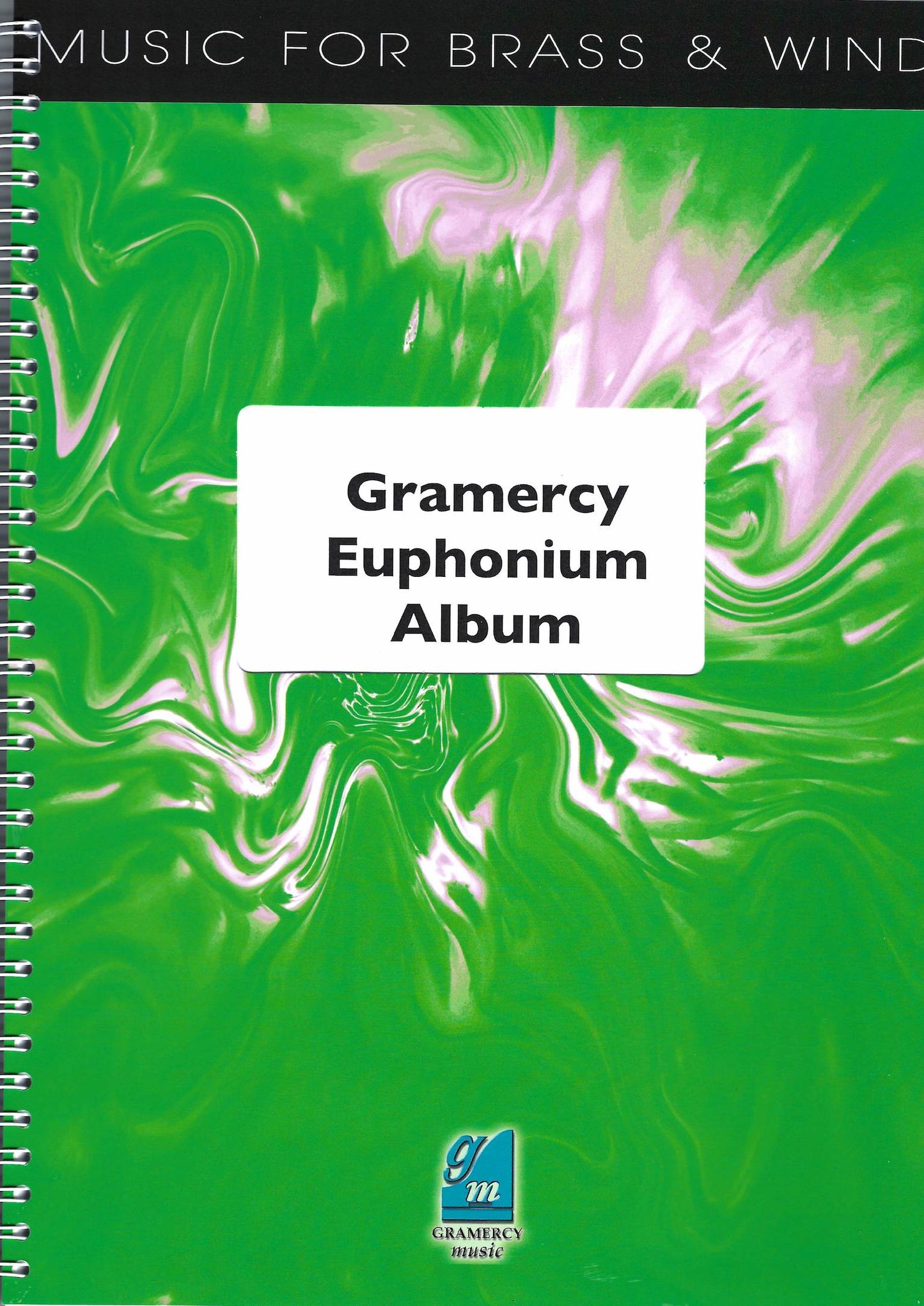Gramercy Music
Graham - Gramercy Euphonium Album
Graham - Gramercy Euphonium Album
Couldn't load pickup availability
Comments and links from the composers website:
Gramercy Euphonium Album
I am delighted to present this collection of solos for Euphonium, the first in a series of albums, with Cornet/Trumpet, Tenor Horn and Trombone to follow.
The solos are for advanced (and in some cases virtuoso) players in mind and include solo adaptations of two of Gramercy Music's most requested titles, together with two titles taken from “classical” literature.
Cossack Fire Dance is the central movement ofCall of the Cossacks, a suite originally written for the Black Dyke Brass Band. Based on the folk song Mazeltov the music brings to mind part of the Cossack wedding ceremony where, following a Klezmer style clarinet call, each guest around the camp fire comes forward in turn to offer congratulations. The multiple instrumentalists of the original have been supplanted by a single “guest” whose increasingly attention seeking behaviour includes quoting from a number of popular musical display pieces...
The Fantasy on Sempre Libera looks back with affection to the 19th century, a period when the great instrumental virtuosi reined supreme. Pianists Liszt and Thalberg and violinists Paganini and Saraste amazed audiences with their wide ranging technical and artistic abilities, fuelled by increasingly difficult paraphrases and variations on popular tunes of the day. This pastiche of the style was arranged for David Thornton who recorded the work with the Brighouse & Rastrick Band.
A Minstrel Boy features the ballad of the same name and the jig Tossing the Feathers, both extracted from my Celtic celebration Gaelforce. The adaptation was made a number of years ago for a recording by David Childs and the Cory Band.
Encore is based upon the study Spinnlied by David Popper (1843-1913) who is best remembered as a prolific composer of cello music. The string techniques exploited in the original study have been replaced by those regularly encountered by advanced brass players, with double-tonguing front and centre.


